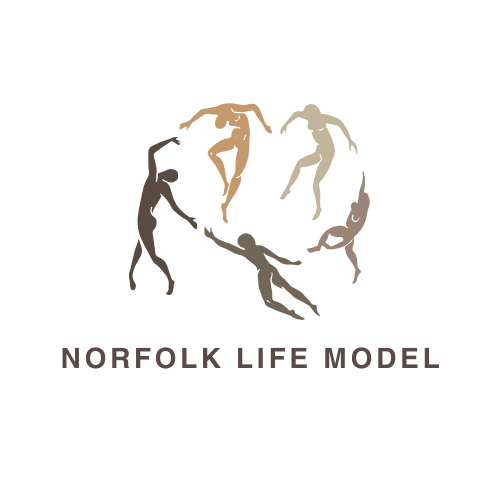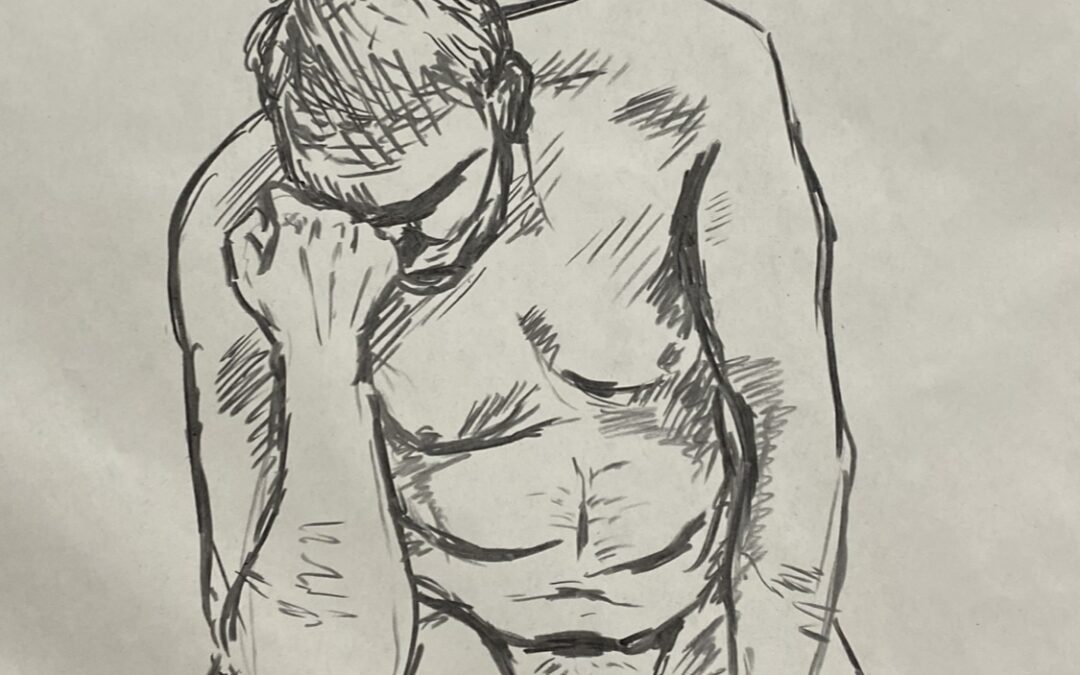Life Drawing Models: Your Questions Answered
Life drawing offers artists unique opportunities to study the human figure with live models. Whether you’re a beginner or experienced artist, this comprehensive guide covers everything you need to know about life drawing sessions and working with models.
What Exactly Is Life Drawing?
Life drawing involves artists creating artwork while observing a nude model in real time. These sessions typically combine short poses ranging from seconds to minutes, along with longer poses that can last up to several hours.
Professional artists and art students benefit from practicing different aspects of figure drawing through varied pose lengths and positions.
How Do Life Drawing Classes Work?
A typical class includes a tutor or instructor who guides the session. Models perform a combination of short poses and one or two longer ones, allowing artists to practice different drawing skills.
Artists might use various materials including pencil, chalk, pastel, or oil paints. The atmosphere remains professional and focused on learning how to draw the human form.
What Should I Expect as a First-Time Model?
New models should understand the importance of holding poses and staying still for long periods. You’ll be asked to do a combination of quick poses and longer positions.
The ability to keep still remains crucial, especially during extended poses. Models receive clear instructions and regular breaks throughout the session.
How Do I Get Bookings as a Life Drawing Model?
Reach out to local art colleges or studios via email to see if they are looking for new models.
Make sure you get good references and understand the specific requirements for your session. Some venues might request an audition for new models.
What Qualifications Do Models Need?
Life models don’t need specific qualifications, but they must be comfortable posing nude and have excellent body awareness. Professional conduct and reliability matter more than previous experience.
Models should demonstrate the ability to hold poses consistently and work well with artists and tutors.
Can Anyone Attend Life Drawing Classes?
People of all ages and skill levels can attend life drawing sessions. Most venues welcome beginners and provide basic materials and guidance.
Some classes might have minimum age requirements for legal reasons, particularly when working with nude models.
What About Payment and Cancellations?
Standard rates often start around £30 per session, though pay can vary depending on duration and location.
What Should Models Avoid?
Models should avoid poses that become difficult to hold for extended periods. Communication with the tutor about comfort levels remains essential.
Maintaining professional boundaries and following venue guidelines helps create a productive environment for everyone.
Bookings For Private Sessions?
Many models and tutors offer private or small group sessions. These allow for more focused study of different parts of the body or specific poses.
Key Points to Remember:
- Expect both short and long poses
- Professional conduct is essential
- Clear communication helps everyone
- Regular breaks maintain comfort
- Age restrictions may apply
Frequently Asked Questions
Q: What should I expect as a life model in a drawing session?
A: As a life model, you’ll be posing for artists who are capturing the human form. Expect to hold different poses, often ranging from a few seconds to a few minutes. It’s a fun and unique experience, but it can also be challenging to keep still for long periods!
Q: Are there any specific requirements to become a life model?
A: Not really! Life models come in all shapes and sizes. The main thing is to be comfortable with nudity and be able to hold poses. If you’re nervous about posing nude, try attending a few life drawing classes as an artist first – this can help you understand the professional, respectful atmosphere of these sessions. It’s also helpful to practice holding various poses at home, nude or fully clothed, to build up your stamina and find comfortable positions you can maintain.
Q: How long do I have to hold a pose during a session?
A: You’ll typically hold poses for long periods, but it varies. Some poses might be just seconds, while others can last several minutes. If you’re struggling to maintain a pose, just let the artist know, and they can adjust!
Q: What if I want to bring a friend to the life drawing session?
A: Bringing a friend is totally cool! Just make sure to check with the studio first. They may have specific guidelines about guests, especially if it’s a private session like a hen party.
Q: Do I need to audition to be a life model?
A: Most places don’t require an audition, but it’s always good to check! Some studios may want to see how you hold a pose, so just reach out to see if that’s necessary.
Q: What should I wear before the session starts?
A: Before you start posing, it’s best to wear something comfortable that you can easily change out of. Many models prefer to wear a robe or loose clothing until the session begins.
Q: Can I request specific poses or themes for my modelling session?
A: Absolutely! If you have a creative idea in mind, get in touch with the organisers. They’re usually open to incorporating different poses or themes into the session.
Q: How can I find life modelling opportunities?
A: A good way to find life modelling gigs is by checking local art schools, studios, or community centres.
Read about my first life modelling experience here

